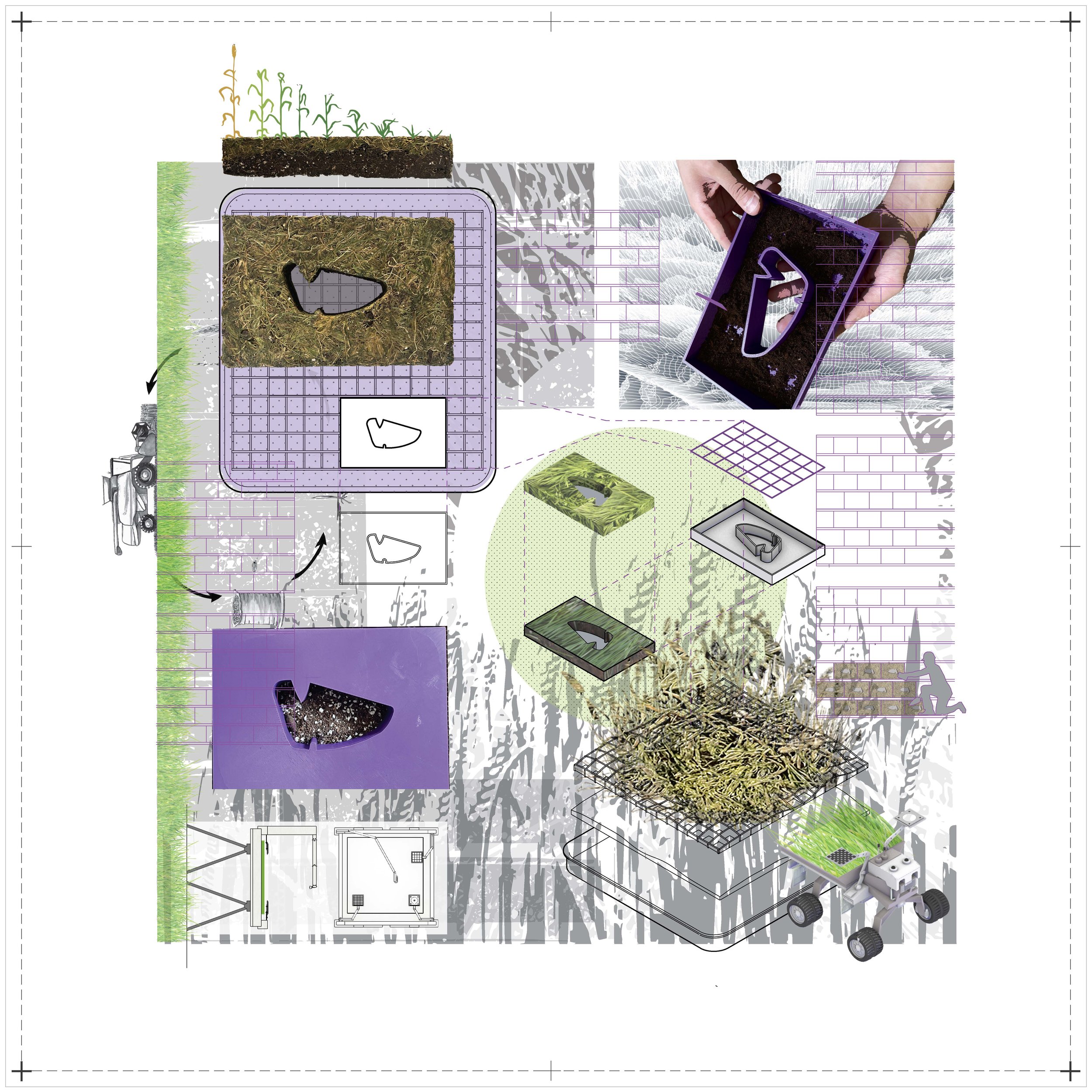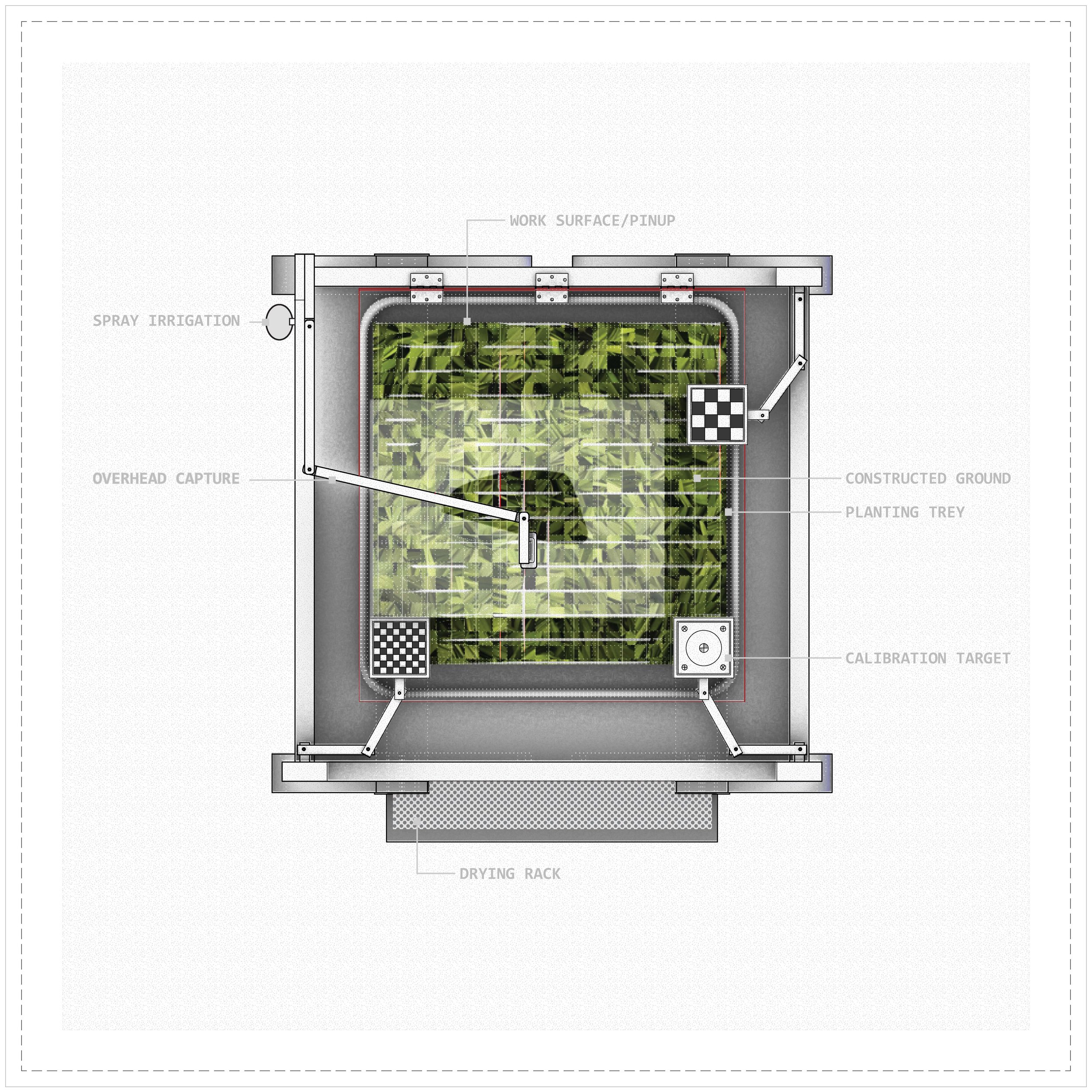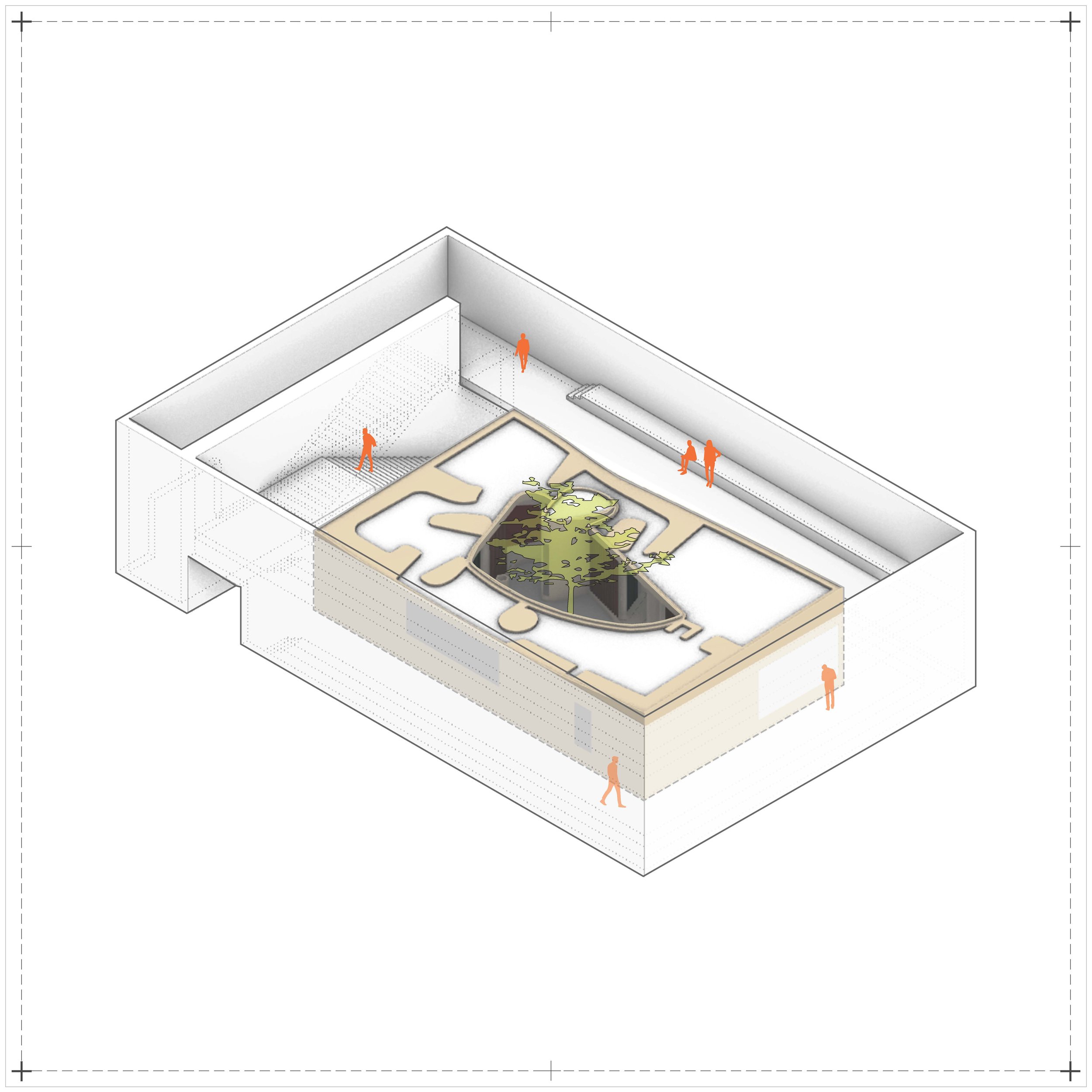Co-Authored Ground
2023
Co-Authored Ground is an installation that produces a dynamic digital twin, growing alongside live plants to explore co-creation with non-human life cycles. By revisiting and reframing the Smithsons' House of the Future, I blend revisionist history, parallel reality, and speculative futurism to challenge conventional architectural practices. This project reimagines relationships to the site, modeling complexity rather than simplifying it, and offers alternative ways to think about site and authorship.
The project began with an in-depth exploration of the site's intricate dimensions, delving into its multifaceted scope to understand significant elements using LiDAR and RGB Height-mapping. In the final phase, titled Working Fodder, I shifted the focus to design, iteration, and experimentation. I map complex systems of belonging, comprised of trajectories and envelopes of objects, human authors, and dynamic living material, emphasizing how these components interact and evolve over time.
Co-Authored Ground redefines space as a collection of organisms and tools rather than a preexisting objective reality. By incorporating counter-mythologies and co-creative processes, this installation tapped into the life cycles of plants, agricultural practices, and produced material studies birthed from the microenvironment of growth. It offers various practices for imagining dwellings that live and die with their environment.















“What if our dwellings lived alongside us and died with us? Imagine homes that grow, adapt, and eventually return to the earth, forming a seamless connection between our lives and our environments.”
“How can we blend the digital and real worlds to co-create alongside our environment? By integrating digital twins of living plants into our built environments, we can create dynamic, responsive spaces that evolve with nature. This fusion could lead to new forms of interactive and adaptive design, fostering deeper ecological awareness.”
“How do perceptual landing sites, imaging landing sites, and dimensionalizing landing sites, as described by Madeline Gins and Shusaku Arakawa, shape our understanding of space? These concepts offer lenses through which one can explore the intricate relationship between individuals and their environment, from the immediacy of the present to an elevated understanding that profoundly impacts our lived experiences.”